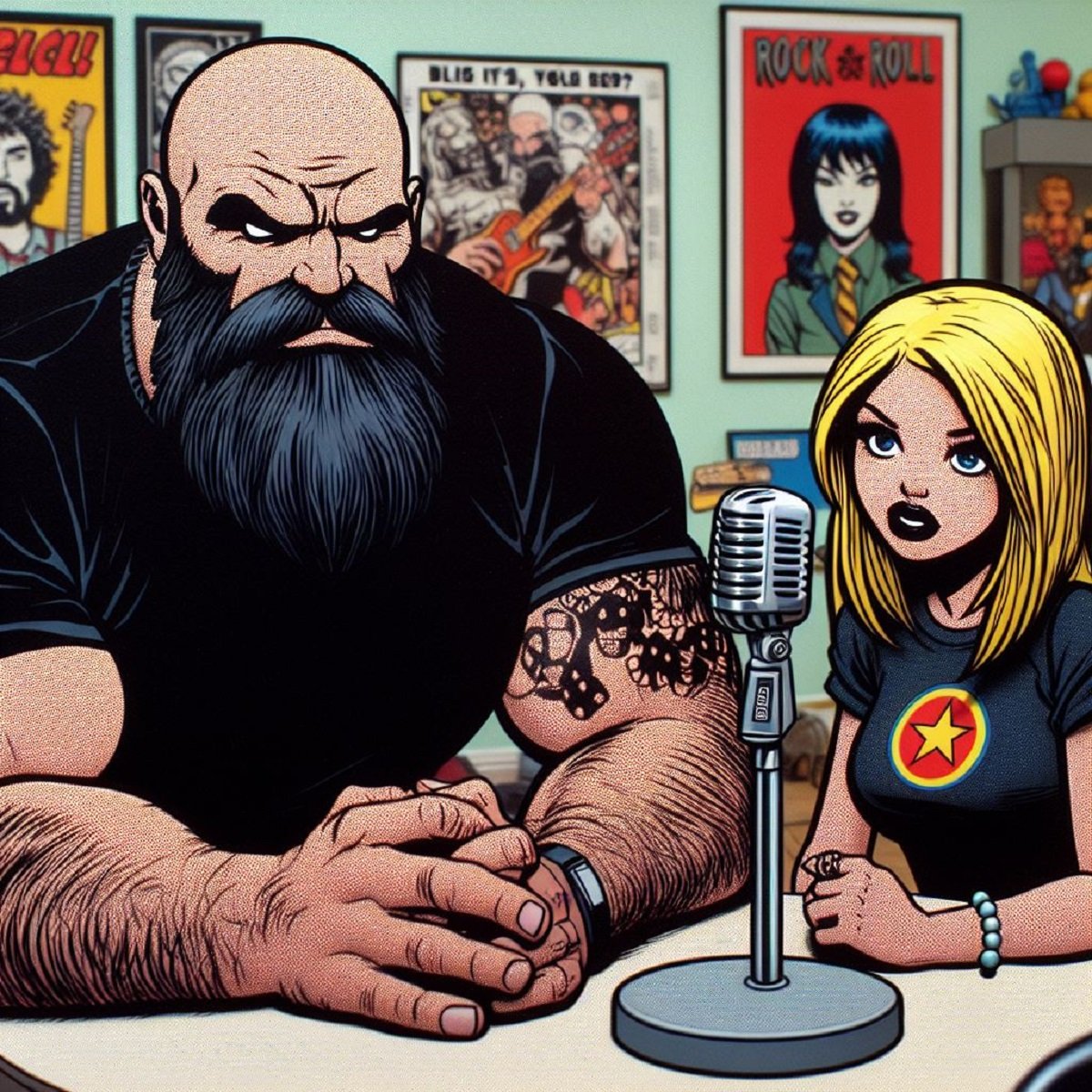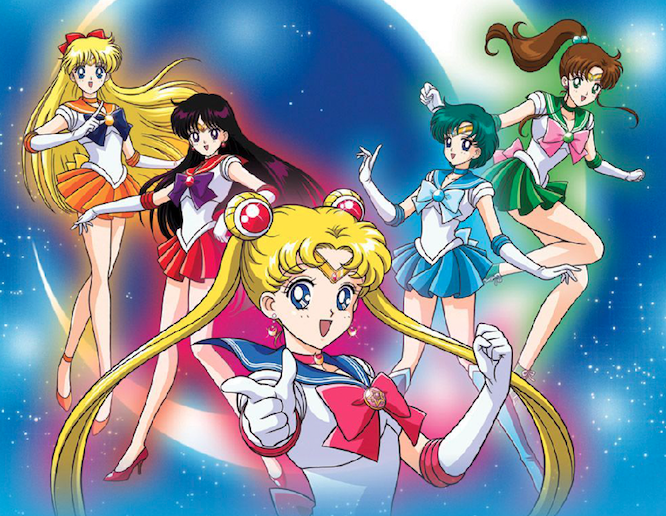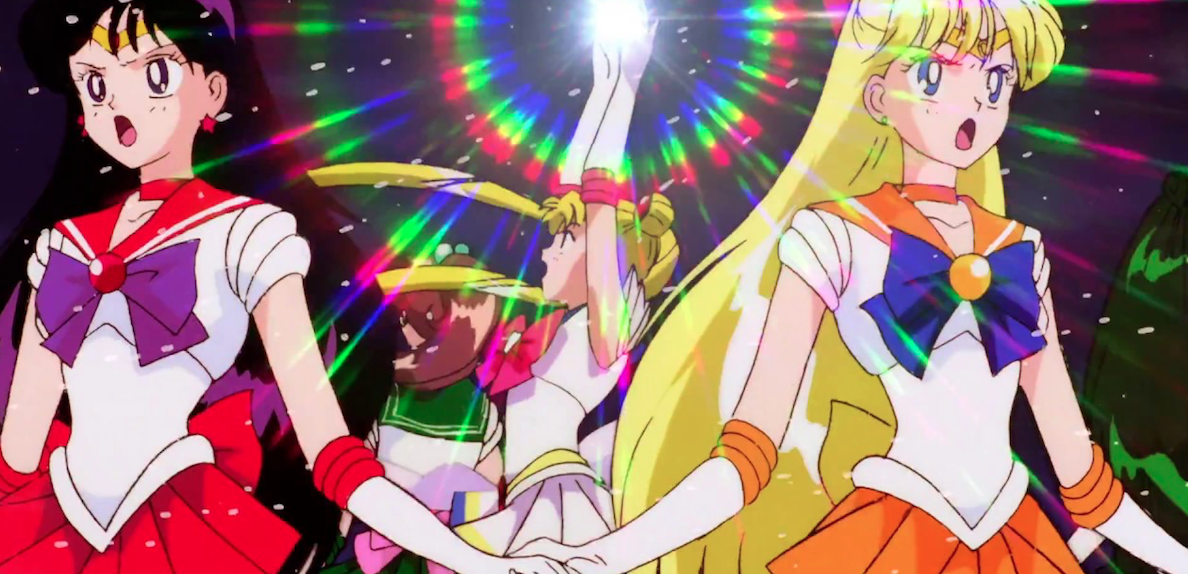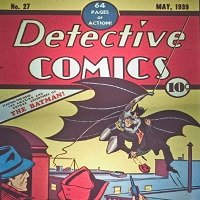Echos of the Pop: Sailor Moon
By: Juan Nunez (Twitter)
She has impossibly long blonde pigtails. She wears a sailor suit based on Japanese school uniforms. In the name of the moon, she will punish you. Mixing classic superhero tropes, fashion, and astronomy into the Japanese magical-girl genre, Naoko Takeuchi's 1991 creation, Pretty Guardian Sailor Moon, became an unlikely worldwide phenomenon that helped change the way American millennial consume media. From televisions to conventions, Sailor Moon's impact is felt across American pop culture.
American audiences were exposed to Japanese cartoons since the 1960s. With such titles as Gigantor, Speed Racer, Astro Boy, and Voltron, these cartoons were mostly aimed at boys, who were drawn in by the fast-paced action and science fiction elements. In Japan, the source materials for these exports fell into "Shonen," a category of media targeted at teen boys. The Magical Girl sub-genre that Sailor Moon is a part of mostly falls into "Shojo." It's designed to appeal to an audience of teen girls. Shojo titles were rarely exported to America, and none had become a success in the years before Sailor Moon.
Pretty Guardian Sailor Moon, and it's predecessor Codename: Sailor V, mixed a lot of Shonen elements into its traditionally Shojo subject. For example, themed Super Hero teams. Japanese children's entertainment had features themed Super Hero teams for decades, and the 1990s American audiences had become familiar with the format via Mighty Morphing Power Rangers, which lifted action sequence footage from the Japanese TV series Super Sentai.
In the case of Sailor Moon, the team was themed after Astronomy. Sailor Mercury, Sailor Venus, Sailor Mars, Sailor Jupiter, and the main character of Sailor Moon. Each featuring their own unique personality, color scheme, and power set while sharing a uniformed look. As the series went on, a new hero was added for each planet in the Solar system. There are also villains based on other star systems.
Similar to Voltron assembling or the Power Rangers morphing, Sailor Moon featured power-up transformation sequences to drive home further the super-heroics. Sailor Moon wasn't the first Shojo franchise to mix in Shonen elements, but it's arguably the first to do so in a way to appeal to an international audience.
Sailor Moon also maintained core Shojo elements. For example, a melodramatic romance between Sailor Moon and her love interest of Tuxedo Mask. Yes, it's silly that his name is literally a summary of what he wears. Also, the show's lead and the majority of the supporting characters were girls. That's a core staple of Shojo and something almost unheard of in American cartoons of the period there weren't exclusively aimed at girls.
Sailor Moon became a huge mainstream success in Japan in the early 1990s. Fresh off the success of the very Japanese-influenced Power Rangers in 1993, and with a formula which appealed to both boys and girls, Sailor Moon was picked up for syndication by the media company DIC in 1995.
DIC was known for syndicating cartoons such as Inspector Gadget and Heathcliff and the Catillac Cats since the early 1980s. The Canadian company Optimum Productions was hired to do the dubbed translation. A translation that became infamous overtime for its edits of content was not considered child-friendly enough for North American children. That's one of the perils of adapting a Japanese TV series aimed at teens for an American pre-teen audience. Core elements such as lines of dialogue, full episodes, and entire character backgrounds were rewritten or erased. This was standard practice when adapting Japanese series for the English North American market well into the 2000s.
The series did not become a runaway hit overnight. The series was canceled in America after two months due to low ratings. The series aired in terrible time slots, often while kids were in school during the fall of 1995, but it did manage to build a cult following which ended up saving the show.
A combination of more adequate viewership numbers in Canada and a fan petition with over 12,000 signatures in America allowed the show to stay on the air with the first 65 episodes airing on repeat five days a week between late 1995 and mid-1997. 1997 saw the series reruns picked up by the USA network, which brought in a new audience. With positive viewership numbers, the series was renewed, and the next 17 episodes of the series were translated.
Following the mainstream success of Pokemon on KidsWB and the growing cult following of Japanese animation in general, Cartoon Network restructured a weekday afternoon block of action cartoons called Toonami to focus on Japanese action cartoons instead of American action cartoons.
The block launched in 1997 with shows such as Thundercats and Johnny Quest. The fall of 1998 saw a new lineup, which included Sailor Moon and Dragonball Z. This was the first time that both shows were easily accessible to a wide audience. They became a big success for the network. Toonami, lead primarily by Japanese cartoons, Anime as it started being referred to by fans in the late 1990s, expanded to a 3-hour block during weekdays, a block on Saturday Mornings, and an after-midnight block for the unedited version of the shows in the early 2000s. Shows such as Mobile Suit Gundam Wing, Tenchi Muyo, and Outlaw Stars popular additions to the Toonami blocks over the early 2000s.
Direct Sailor Moon references are seen across western media in the 2000s and 2010s. Often with characters dressed as Sailor Moon or non-copyright-breaking Sailor Moon-like magical girls. The Simpsons has used that trope for various Sailor Moon sight gags over the years. Jeopardy had an Anime question in which the answer was Sailor Moon. U2's Best of 1990-2000 CD pamphlet had the band in front of a Sailor Moon poster in one photo.
The trope of characters dressed as Sailor Moon also points to the impact of the series on Anime convention and the cosplay community. Cosplay is the act of dressing up as a fictional character, and it has its origins in both America and Japan. The idea can be seen in action in early comic-cons of the early 1970s, and the term Cosplay itself is a Japanese invention from the early 1980s. Sailor Moon became one of the most popular options for Cosplay since the birth of the series. While more recent series have become extremely popular with Cosplayers, Sailor Moon has remained a popular time tested option.
In the almost 30 years since the creation of the franchise, manga, anime TV series, anime movies, video games, and more were released. Sailor remains one of the most recognizable Japanese created pop culture characters worldwide.
If you found this article interesting consider becoming a Patreon supporter. That is how When It Was Cool keeps our website and podcasts online, plus you get lots of bonus content including extra and extended podcasts, articles, digital comics, ebooks, and much more. Check out our Patreon Page to see what's up!
If you don't want to use Patreon but still want to support When It Was Cool then how about a one time $5 PayPal donation? Thank you!






















































